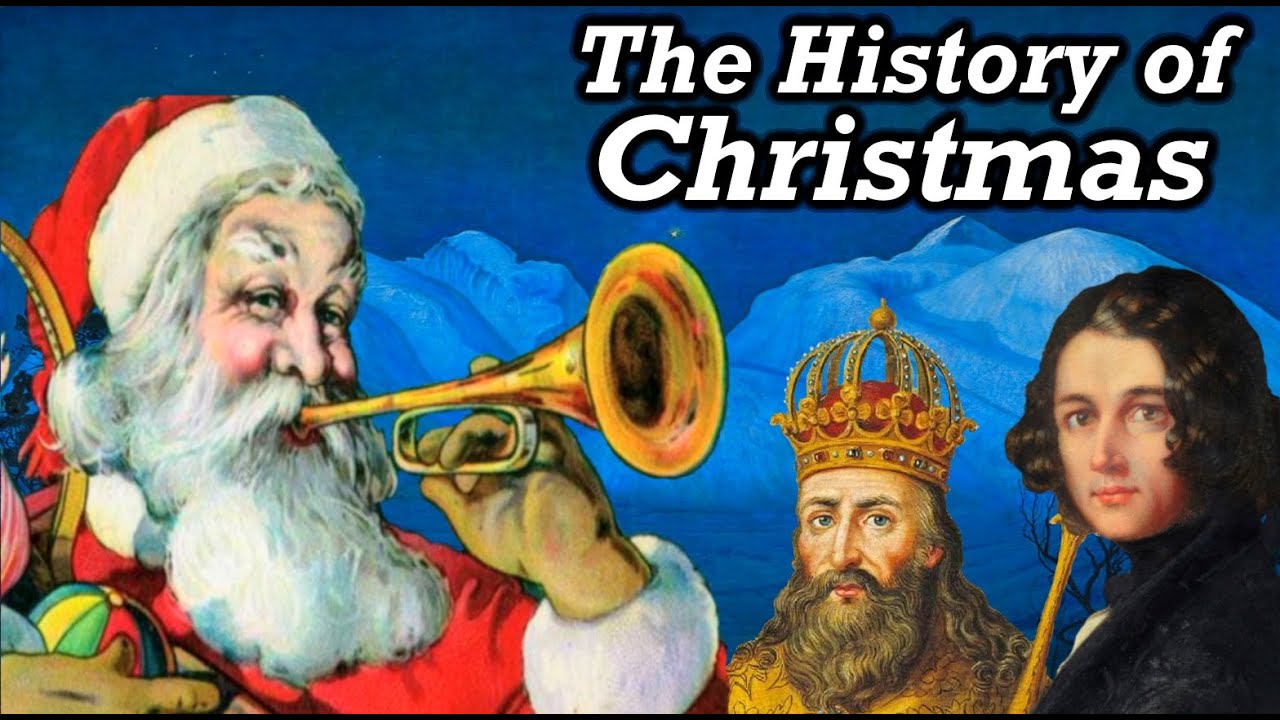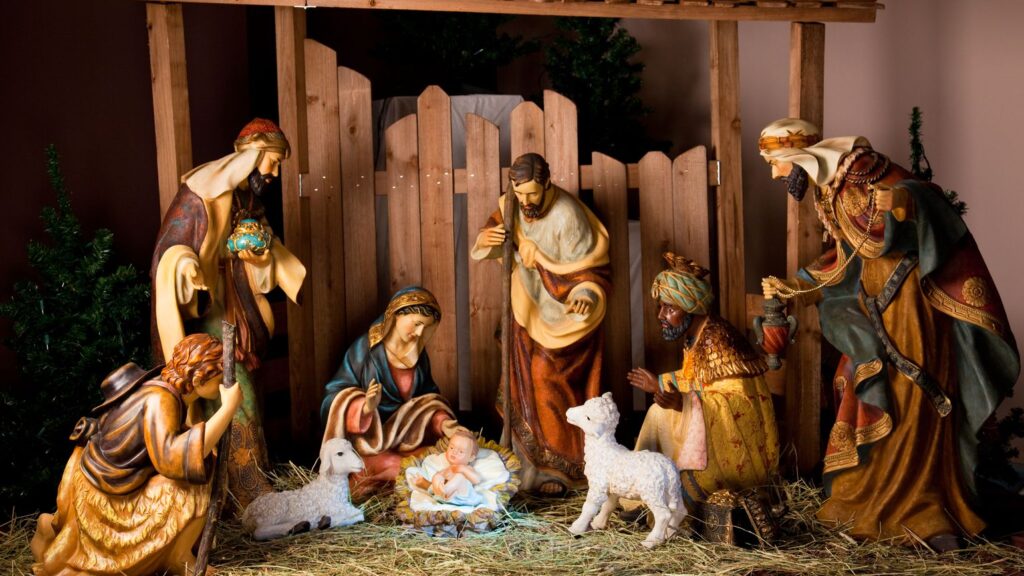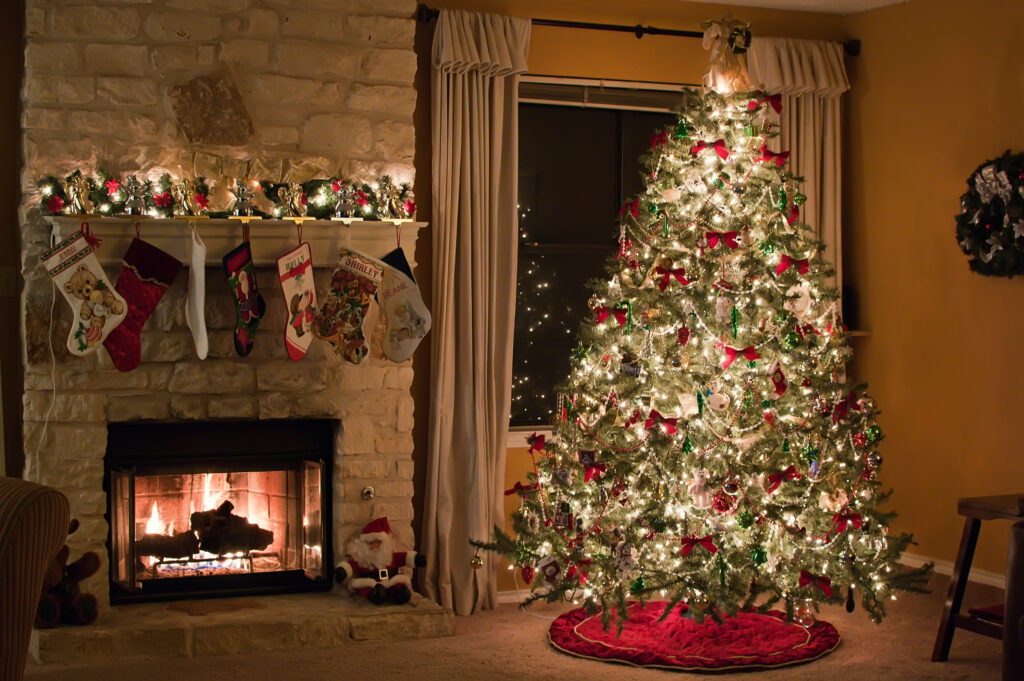
Introduction:
Christmas, celebrated on December 25th each year, is a joyous occasion that transcends borders and cultures. While today’s festivities are often associated with the exchange of gifts, festive decorations, and family gatherings, the history of Christmas is a fascinating tapestry woven with religious, cultural, and historical threads.

Ancient Roots:
The roots of Christmas can be traced back to ancient pagan celebrations that marked the winter solstice. Festivals such as Saturnalia in Rome and Yule in Scandinavia were held to honor the sun’s return and the promise of longer days. These celebrations often involved feasting, gift-giving, and the decoration of homes.
The Christian Influence:
The Christian celebration of Christmas has its foundation in the birth of Jesus Christ. While the Bible does not specify the date of Christ’s birth, December 25th was chosen by early Christians to coincide with existing pagan festivals, making it easier for people to transition to the new faith. Over time, Christmas became a significant Christian festival, commemorating the birth of Jesus, the Savior.
Medieval Celebrations:
Throughout the Middle Ages, Christmas evolved with a blend of religious and secular customs. The Twelve Days of Christmas, a festive period from December 25th to January 6th, included feasts, caroling, and charitable acts. During this time, the Nativity scene also gained popularity as a way to visually represent the biblical story of Jesus’ birth.
The Puritans and Christmas Bans:
In the 17th century, the Puritans in England and later in America frowned upon the celebration of Christmas. They viewed it as a pagan-influenced holiday and an excuse for excess and revelry. In fact, Christmas celebrations were banned in England during the mid-17th century, and it wasn’t until the Restoration in 1660 that the holiday regained its popularity.
Victorian Christmas Revival:
The 19th century saw a resurgence of interest in Christmas traditions, thanks in part to the Victorian era. Queen Victoria and her husband Prince Albert popularized the Christmas tree, a tradition they brought from Germany. The publication of Charles Dickens’ “A Christmas Carol” in 1843 also played a significant role in shaping the modern image of Christmas by emphasizing themes of generosity and goodwill.
Commercialization and Globalization:
In the 20th century, Christmas became increasingly commercialized with the rise of consumer culture. The image of Santa Claus, based on the historical figure of St. Nicholas, evolved into a symbol of gift-giving and generosity. As communication and transportation improved, Christmas traditions spread globally, with various cultures incorporating their unique customs into the celebration.
Conclusion:
The history of Christmas is a tapestry that weaves together ancient pagan rituals, Christian beliefs, and cultural practices spanning centuries. Today, Christmas is a truly global celebration, uniting people across the world in the spirit of joy, generosity, and togetherness. As we exchange gifts, decorate our homes, and gather with loved ones, we contribute to the ongoing story of Christmas, adding new chapters to this rich and enduring tradition.
